Steamforged Games offers a compelling collection of board game adaptations based on popular video game franchises, including Monster Hunter, Devil May Cry, Sea of Thieves, Gears of War, and the upcoming Elden Ring. This review focuses on their Resident Evil trilogy: Resident Evil, Resident Evil 2, and Resident Evil 3.
Released in 2019, 2021, and 2023 respectively, these games share similar mechanics. Up to four players navigate perilous environments—dark corridors, burning streets, and sinister labs—recreating the narratives of the source material. Each game includes highly detailed miniatures representing both the terrifying creatures and the heroic survivors.
Featured Games and Expansions:
 Resident Evil: The Board Game (See it on Amazon)
Resident Evil: The Board Game (See it on Amazon)
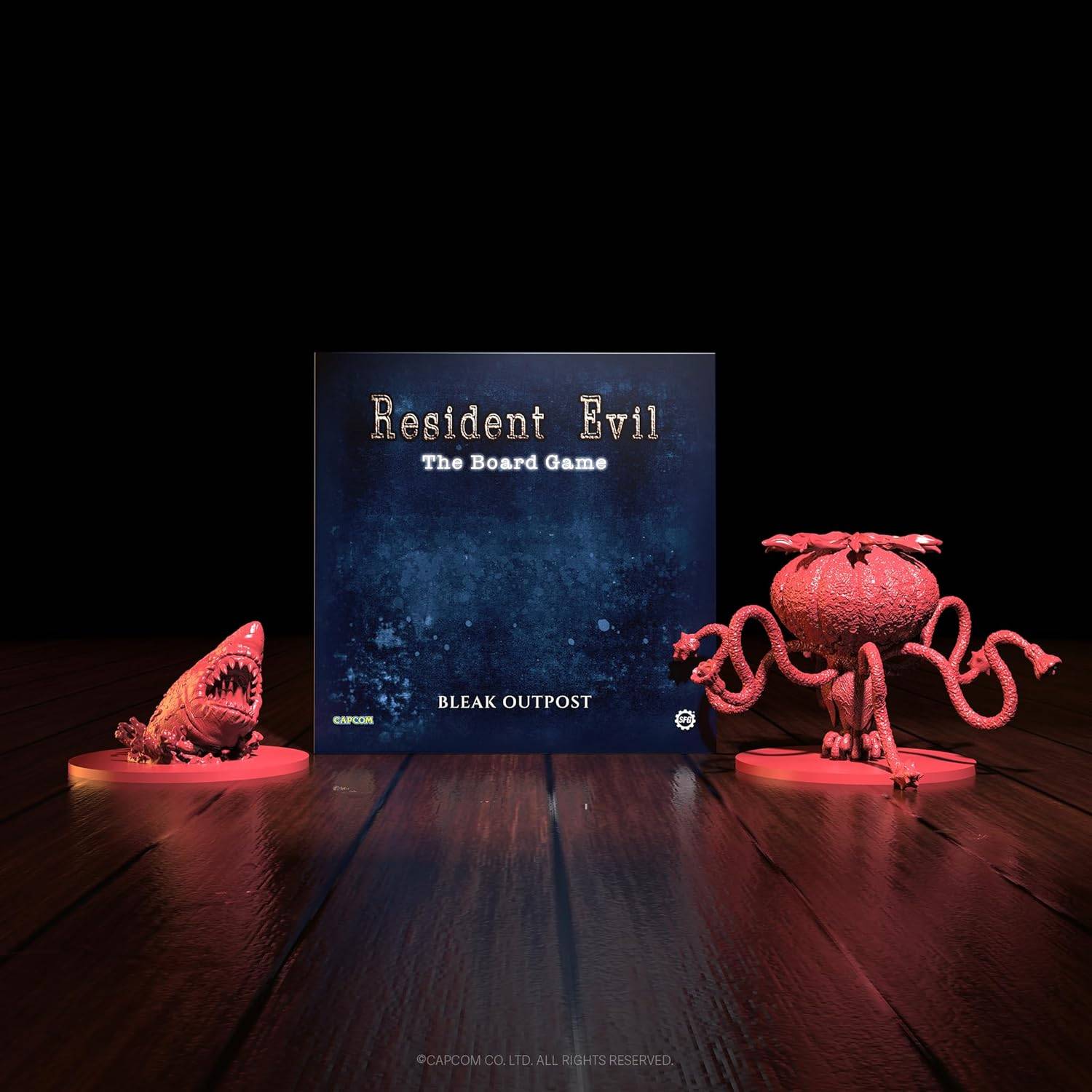 Resident Evil: The Bleak Outpost (See it on Amazon)
Resident Evil: The Bleak Outpost (See it on Amazon)
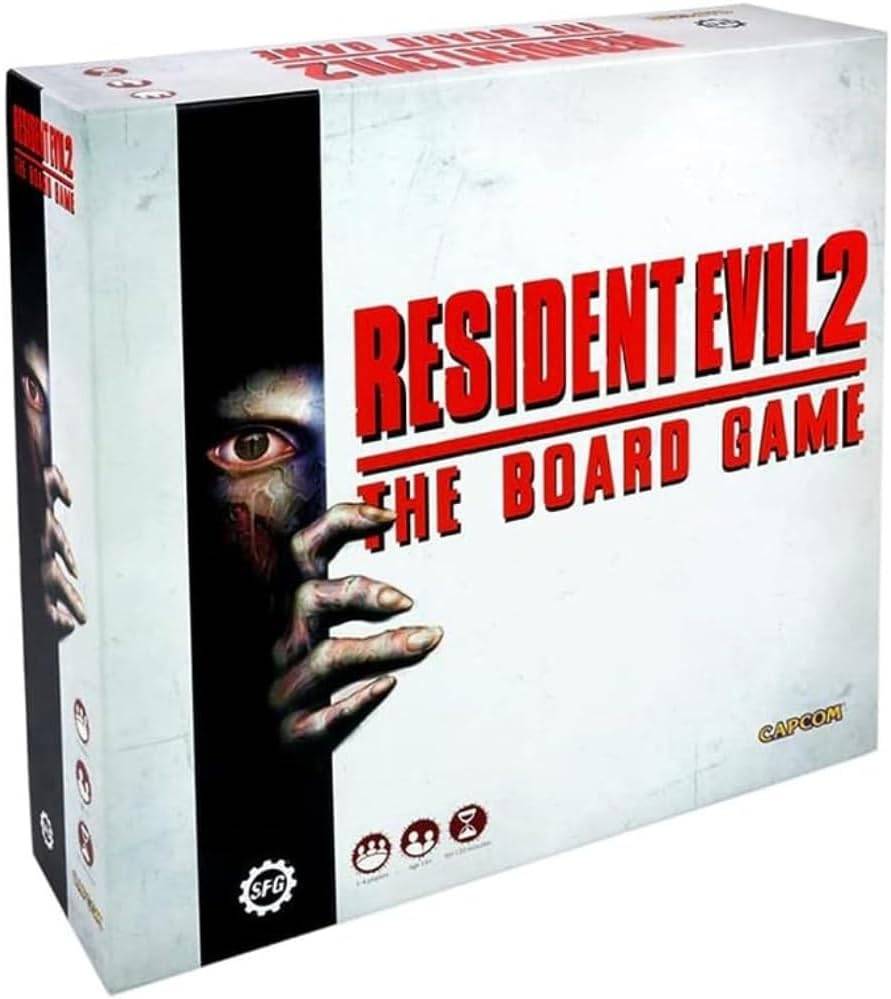 Resident Evil 2: The Board Game (See it on Amazon)
Resident Evil 2: The Board Game (See it on Amazon)
 Resident Evil 2 The Board Game: B-Files Expansion (See it on Amazon)
Resident Evil 2 The Board Game: B-Files Expansion (See it on Amazon)
 Resident Evil 2: The Board Game - Malformations of G B-Files Expansion (See it on Amazon)
Resident Evil 2: The Board Game - Malformations of G B-Files Expansion (See it on Amazon)
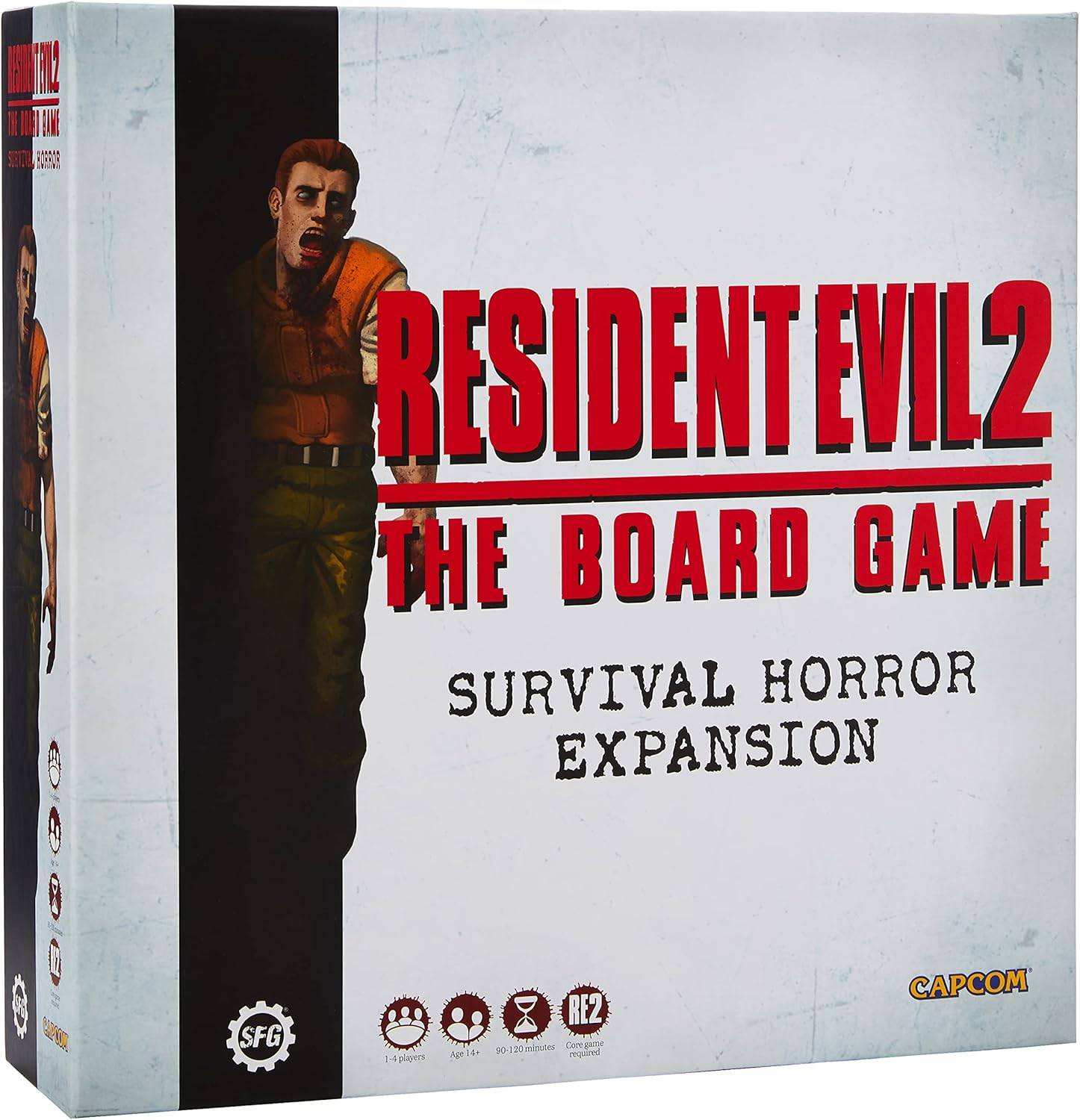 Resident Evil 2 The Board Game: Survival Horror Expansion (See it on Amazon)
Resident Evil 2 The Board Game: Survival Horror Expansion (See it on Amazon)
 Resident Evil 2 The Board Game: - 4th Survivor Expansion (See it on Amazon)
Resident Evil 2 The Board Game: - 4th Survivor Expansion (See it on Amazon)
 Resident Evil 3: The Board Game (See it on Amazon)
Resident Evil 3: The Board Game (See it on Amazon)
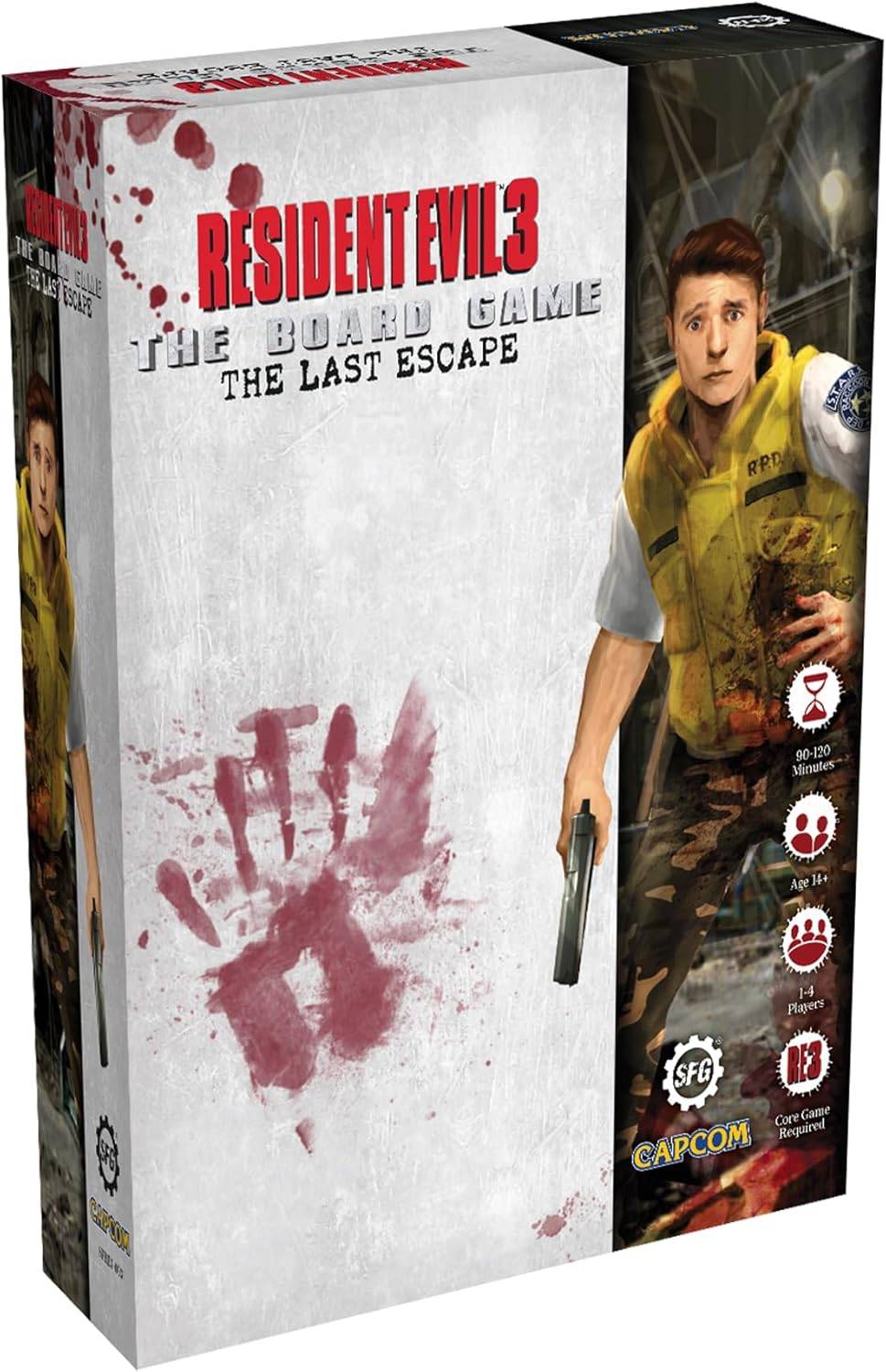 Resident Evil 3: The Last Escape Expansion (See it on Amazon)
Resident Evil 3: The Last Escape Expansion (See it on Amazon)
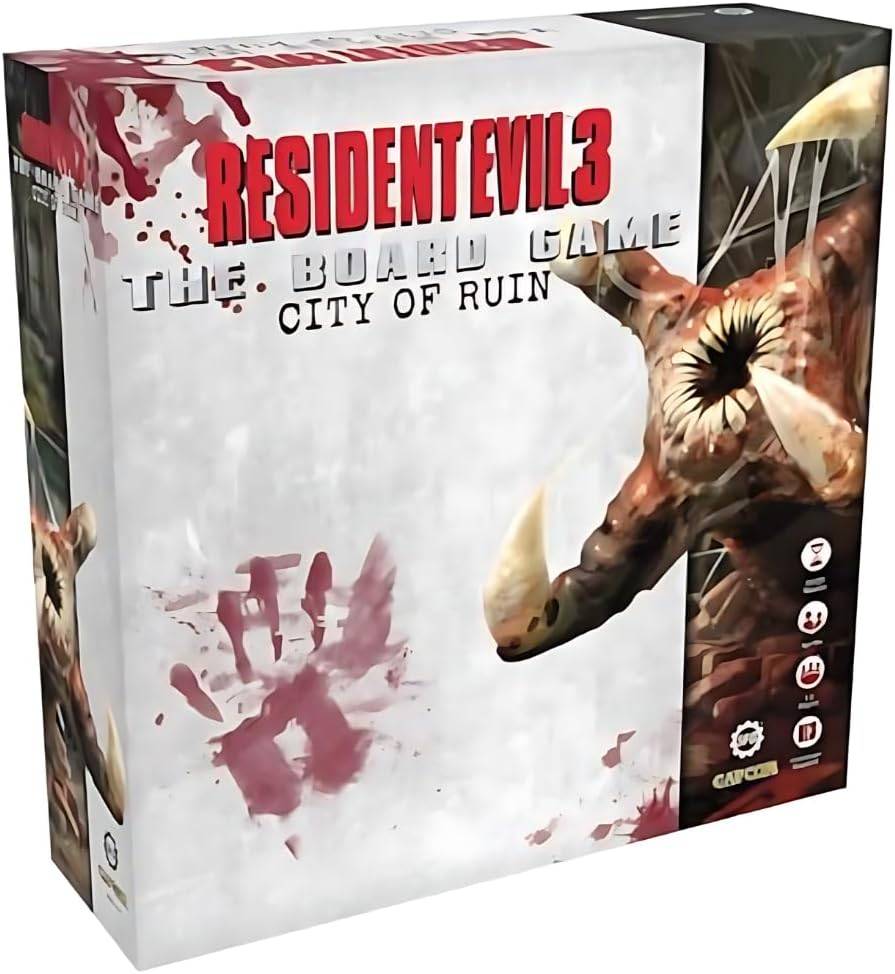 Resident Evil 3 The Board Game: City of Ruin Expansion (See it on Amazon)
Resident Evil 3 The Board Game: City of Ruin Expansion (See it on Amazon)
Gameplay involves three phases per turn: Action, Reaction, and Tension. Players have four actions to move, interact with doors, search for items, trade, use items, or attack. Enemies react, moving towards or attacking the active player, who then rolls dice to evade. The Tension phase involves drawing cards that introduce various levels of peril. Combat uses dice rolls against weapon stats and abilities, with even basic zombies posing a significant threat. Shooting also alerts enemies in adjacent rooms.
Each game features multiple scenarios playable as standalone experiences or a connected campaign. Levels are built using tiles, and player progress, inventory, and health carry over between sessions. The rules allow for some crossover between games, enabling players to mix characters and tiles.
Individual Game Reviews:
-
Resident Evil: The most refined entry, incorporating improvements from previous games and adding new mechanics. Features support characters who can undertake risky missions. The map uses cards instead of paper, streamlining setup. Burnt zombie corpses remain, requiring kerosene to eliminate them.
-
Resident Evil 2: The original game in the Steamforged series. Players assume the roles of iconic characters battling familiar enemies across eight scenarios. The linear campaign and some component quality issues (dark tiles, missing parts) detract from the experience, though gameplay remains engaging.
-
Resident Evil 3: Offers a more open-ended campaign, allowing players greater freedom in exploring Raccoon City. The "Danger Tracker" mechanic increases difficulty as the city deteriorates. The scenario map, however, uses less high-quality paper compared to other components.
Each game offers a unique and challenging experience, with expansions adding new scenarios, characters, enemies, and gameplay modes. While Resident Evil offers the most polished experience, Resident Evil 2 and 3 provide solid gameplay with their own distinct strengths. The choice of which game to start with depends on player preferences for campaign structure and component quality.
 Home
Home  Navigation
Navigation






 Latest Articles
Latest Articles










 Latest Games
Latest Games












